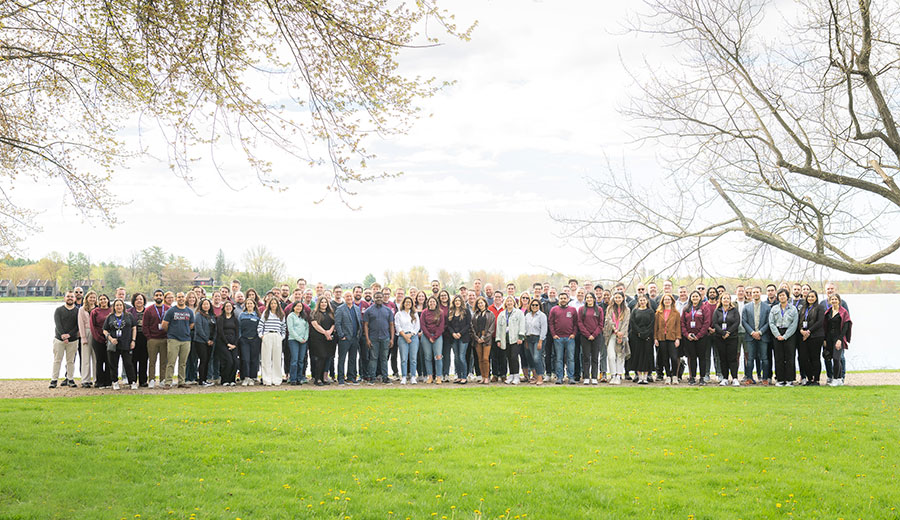Despite best efforts in Ottawa, the most interesting political landscape in Canada is currently unfolding in British Columbia. I will refrain from delving into the machinations of BC politics that led to the recent rebranding of BC United—formerly known as the BC Liberals, a party that governed the province for the better part of two decades from 2001 until their narrow defeat to the British Columbia New Democratic Party (NDP) in 2017—and their even more recent collapse and endorsement of the BC Conservative Party (BCC). The same BCC that has not fielded a full slate of candidates since 1960 and last won a seat in 1975.
Suffice it to say, the upcoming election, now just under a month away, is shaping up to be a contest between the incumbent NDP and the newly revitalized BCC.
This series, updated throughout the campaign, will offer a data-driven analysis of the election and its implications for the province.
First, this election is close. Really close. At time of writing, there have been five public polls released since the BCU dropped out and endorsed the BCC, and these polls all paint a similar picture.
Our current model forecasts the NDP winning 49 seats, the BCC winning 43 seats, and the BC Greens (BCG) winning 1 seat. Greater Vancouver goes NDP over BCC by a 2:1 margin, the NDP hold a strong advantage on Vancouver Island, and the BCC dominate the seats outside of Vancouver and the Island.
Given the high levels of uncertainty in this election, this snapshot should be interpreted cautiously. Election models are far more informative when viewed probabilistically rather than as a singular predicted outcome. To this end, the following graphs illustrate the range of likely outcomes based on the current polling data.
As illustrated, there is significant overlap in the projected seat counts for both the NDP and the BC Conservatives. When we run 5,000 election simulations, the NDP secure a minority government (i.e., they win the most seats but not a majority of them) in 6% of cases and a majority in 53% of cases. The BC Conservatives win a plurality in 5% of simulations and a majority in 29%. In 7% of the simulations, both parties win 46 seats, with the BC Greens winning one seat and holding the balance of power — i.e.: all hell breaks loose on our west coast.
This uncertainty stems from the scarcity of safe seats in this election, particularly in the Greater Vancouver area and on Vancouver Island. Fewer than half of the 93 ridings are considered “safe” for either the BC Conservatives or the NDP, with many of these safe seats in rural areas likely to favor the BC Conservatives. Of the NDP’s projected 49 seats, 26 are classified as leaning NDP, and 10 are considered toss-ups.
Mapping out our current projection reveals a similar pattern—an orange wave across Vancouver Island and Greater Vancouver, contrasted by a sea of blue in the regions outside these areas. (Hint – zoom in on Vancouver to better see the orange concentration there).
In the coming month, British Columbians, political observers, and businesses will be closely monitoring how this election unfolds. Reach out to us if you’d like help navigating the uncertainty.
This post will be updated regularly throughout the campaign, up to election day on October 19.



